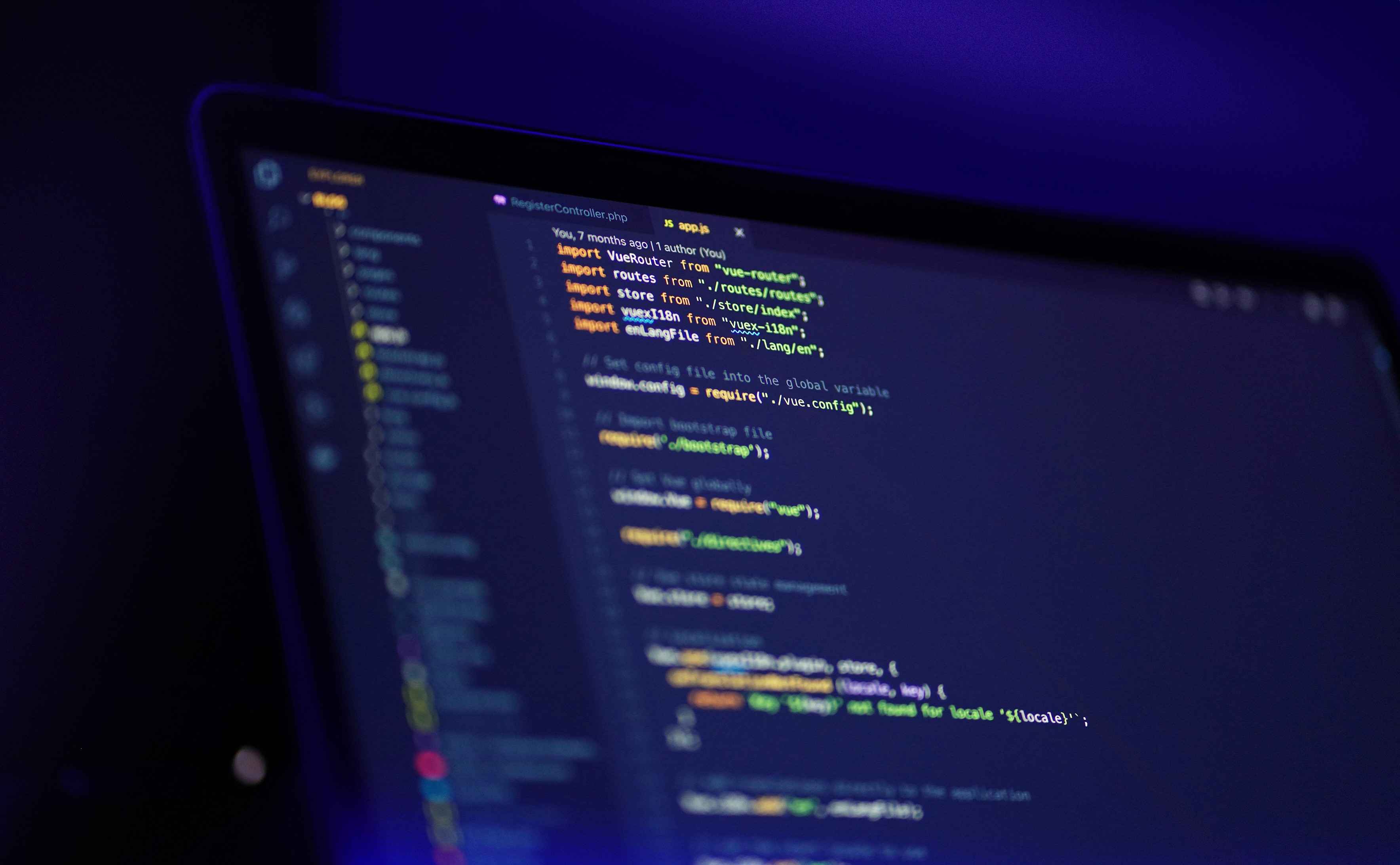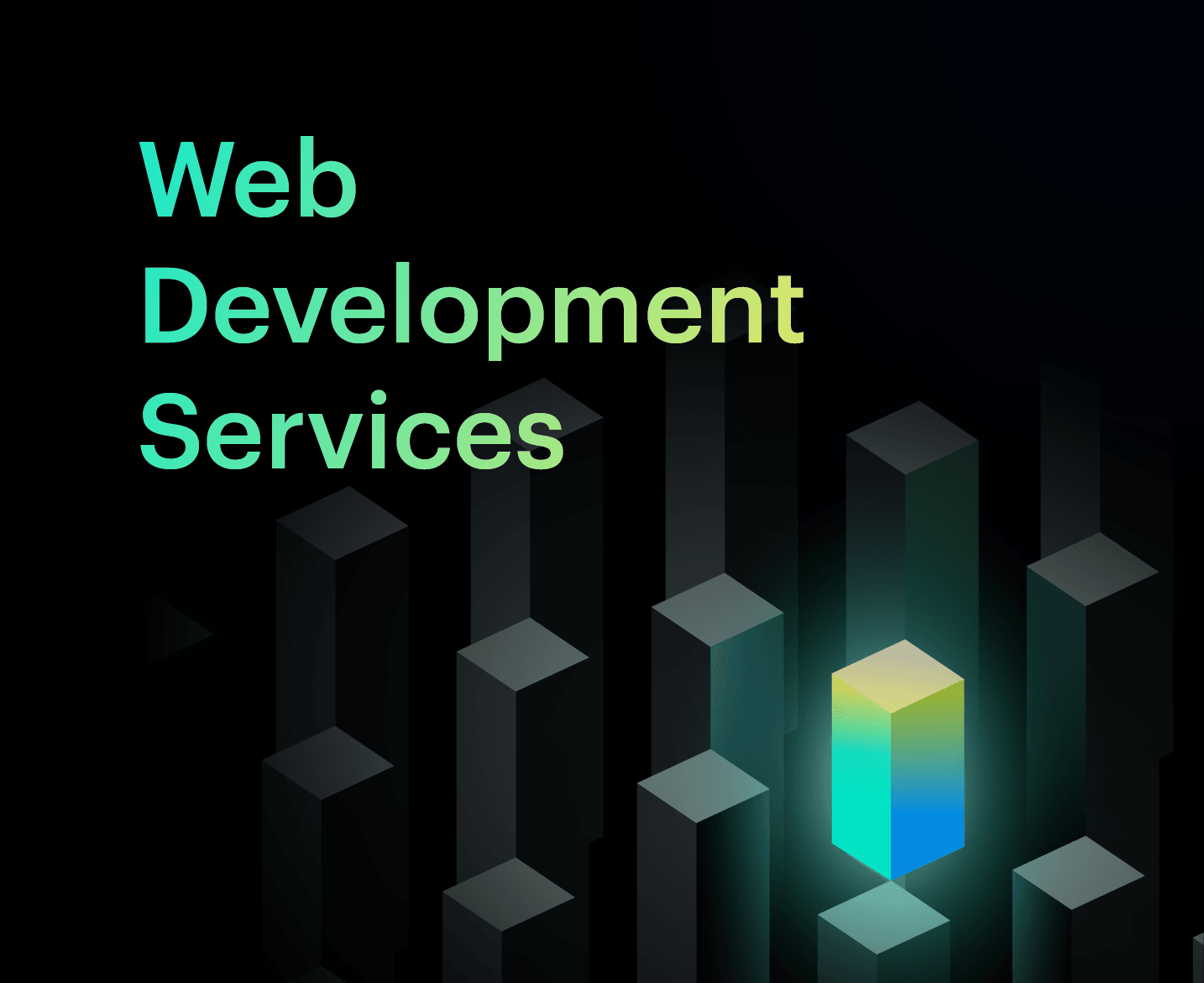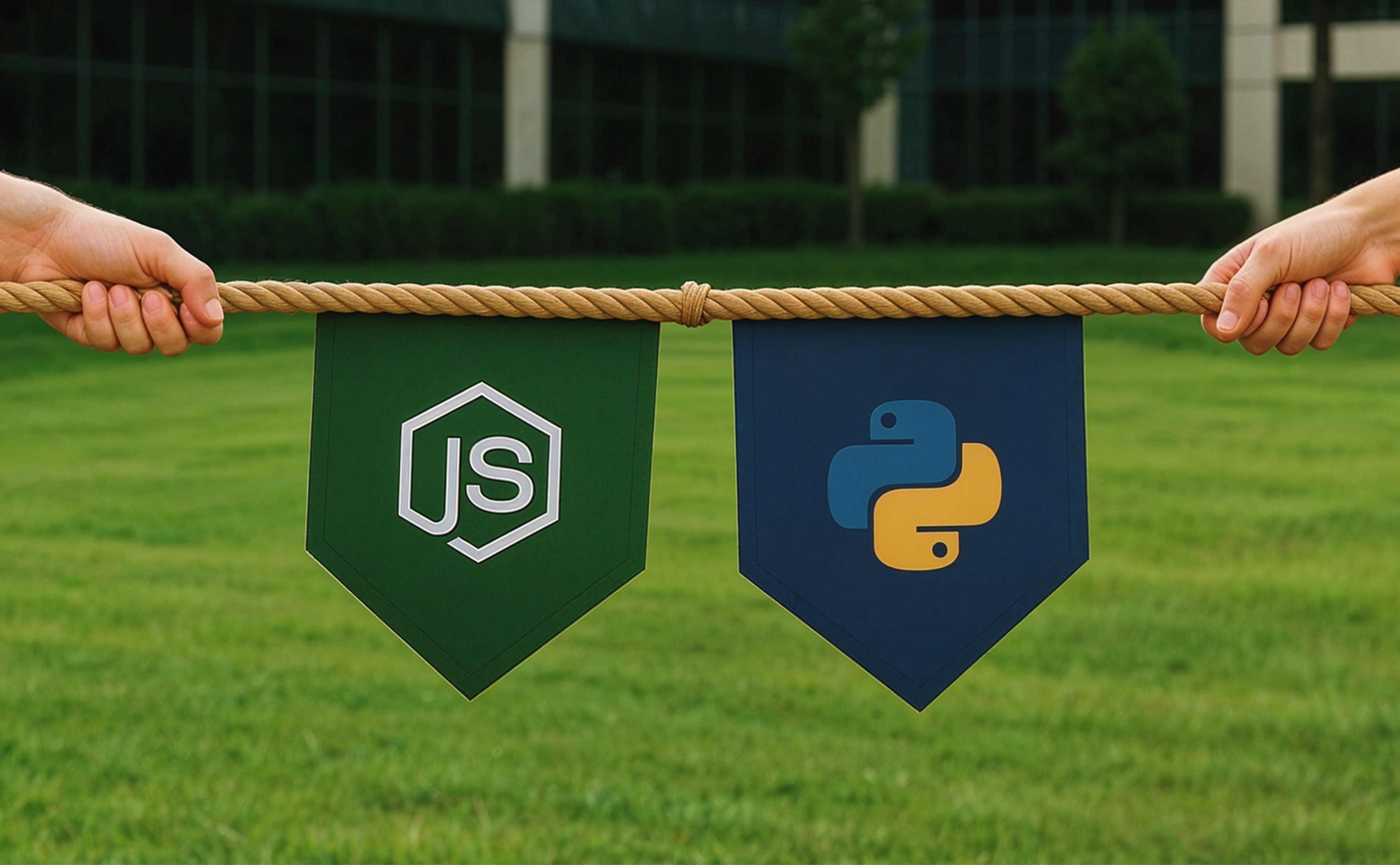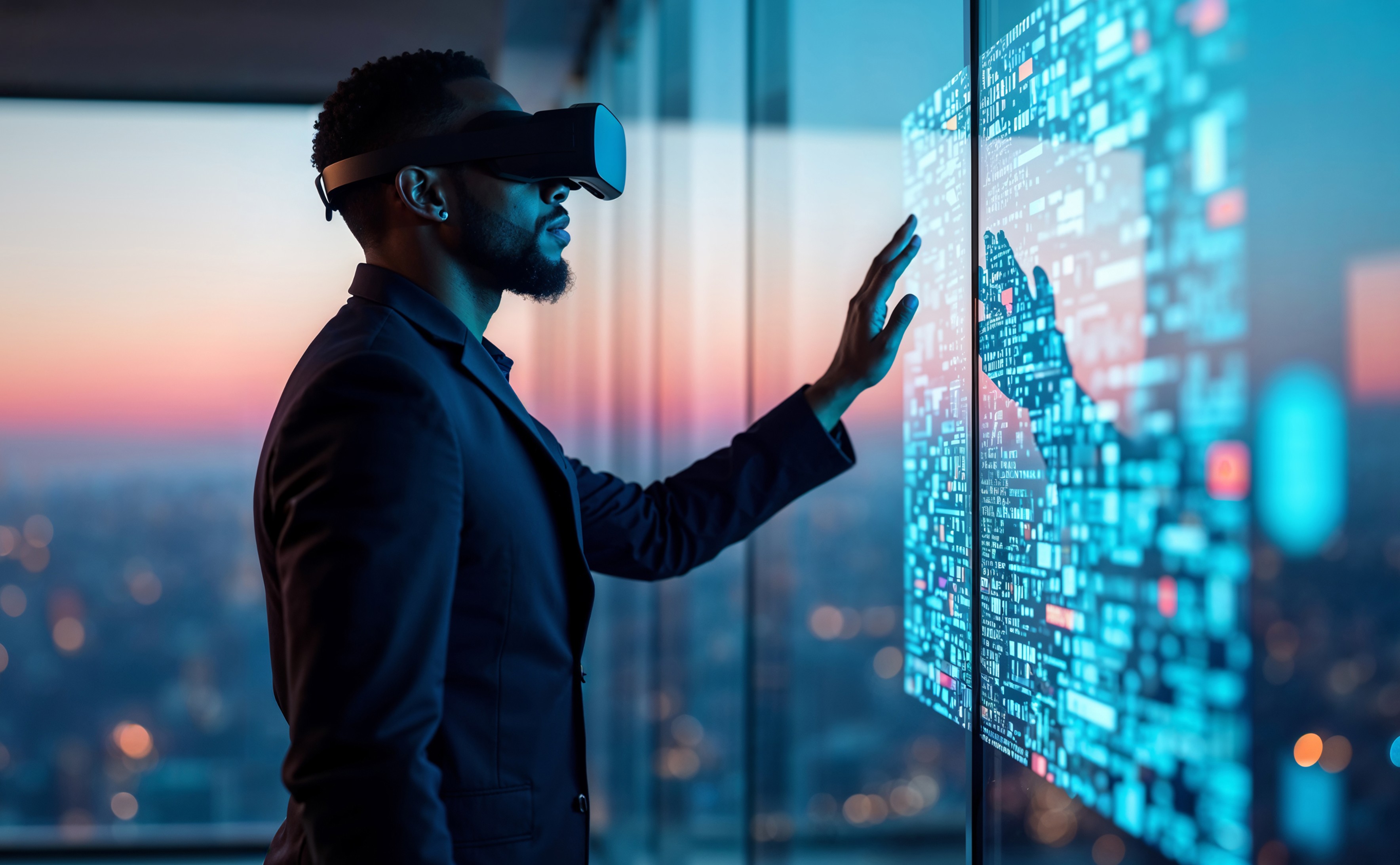Top 10 Software Development Trends in 2026

- 1. Integration of AI and Machine Learning
- 2. Low-Code/No-Code Development
- 3. Adopting Microservice Architecture
- 4. Immersive Tech: AR and VR Advancements
- 5. Using Predictive Analytics
- 6. Edge Computing Innovations
- 7. Blockchain and Cryptocurrency Applications
- 8. Streamlining with DevOps Practices
- 9. Iot Empowering Software Development
- 10. Cross-Platform App Development Evolution
- Essential Software Developer Skills in Current Trends
- Endnote
- 1. Integration of AI and Machine Learning
- 2. Low-Code/No-Code Development
- 3. Adopting Microservice Architecture
- 4. Immersive Tech: AR and VR Advancements
- 5. Using Predictive Analytics
- 6. Edge Computing Innovations
- 7. Blockchain and Cryptocurrency Applications
- 8. Streamlining with DevOps Practices
- 9. Iot Empowering Software Development
- 10. Cross-Platform App Development Evolution
- Essential Software Developer Skills in Current Trends
- Endnote
Welcome to our exploration of the dynamic world of software development trends that are going to influence the year 2024. In an era of rapid technological advancement and digital transformation through new tools, frameworks, languages, and software development methodologies, maintaining current knowledge of the software development trends and staying ahead of the curve is more crucial than ever for software developers, engineers, and technology enthusiasts alike.
As businesses increasingly opt for advanced and innovative software development services, it is expected that the IT sector will experience a compound annual growth rate of 5% by 2024.
From Artificial Intelligence and blockchain to edge computing and cybersecurity, join us as we uncover the latest technologies in software industry and key trends that will drive innovation, transform industries, and revolutionise the way we build software in 2024 and beyond.
1. Integration of AI and Machine Learning
Software development industry trends show an inclination towards the integration of Artificial Intelligence (AI) and Machine Learning (ML). Specifically, latest trends in software development point towards two major aspects of AI - Generative AI and Open AI.
Generative AI creates text, images, and other content like programming codes using deep-learning models trained on data. While generative models have traditionally analysed numerical data, advances in deep learning have extended their capabilities to complex data types like codes, images, and speech. By providing specific prompts as initial inputs, which are taken from analysing past works, these models can be customised to do many different tasks without needing labelled data. This includes tasks they haven't been explicitly trained for.
Additionally, OpenAI has created tools and platforms for developers to access and utilise AI technologies, such as the OpenAI API, which allows developers to integrate AI capabilities into their applications.
These software technology trends promise to drive further innovation and thus transform industries worldwide.
2. Low-Code/No-Code Development
By 2024, Low-Code/No-Code (LCNC) programming has become one of the most rapidly expanding trends in software development.
No-code platforms empower users to employ pre-made blocks of code through intuitive drag-and-drop interfaces, while low-code platforms offer slightly more technical involvement alongside shortcuts to expedite development processes. No-code development, exemplified by platforms like Wix, has been one of the recent trends in software development for some time now. Noteworthy low-code platforms include:
- Appian
- ToolJet
- Visual LANSA
- Mendix
- Zoho Creator
- Microsoft Power Apps
This approach, comprising both low-code and no-code platforms, has become essential in the modern software industry.
3. Adopting Microservice Architecture
Microservice architecture gains popularity as one of the software development trends 2024 for its ability to break large monolithic applications into smaller, manageable services. In 2024, microservice architecture is expected to continue growing, advancing towards multi-runtime microservices. Specifically to:
- Identify high-demand components or services from history.
- Develop each service independently.
- Use metrics, logs, and alerts to quickly identify and troubleshoot issues.
4. Immersive Tech: AR and VR Advancements
Augmented Reality (AR) and Virtual Reality (VR) are anticipated to be the latest technology in software development for 2024. Developers use AR and VR Software Development Kits (SDKs) and frameworks to create interesting apps for different industries.
Use cases include gaming, entertainment, education, healthcare, retail, marketing, architecture, and manufacturing. Moreover, AR has found tremendous success in gaming and AR-supported applications like Microsoft HoloLens, Snapchat, and Pokémon GO.
Notable implementations include Apple's ARKit for AR applications on iOS devices, Meta Quest 3 for standalone VR experiences, and other emerging platforms pushing the boundaries of AR and VR innovation. VR applications like "Google Expeditions" and "EON Reality" allow students to explore historical events, scientific concepts, and cultural landmarks in virtual reality.
5. Using Predictive Analytics
We advise forward-thinking businesses to keep up with the latest trends in software to boost their online growth. By using lots of data and clever algorithms, companies can predict future patterns, understand customer habits, and spot market trends better.
This helps them make smart decisions and earn more money. Data science algorithms look at past events, organise them, and find patterns and IT trends that happen a lot. Machine learning can even predict what might happen next and why. Armed with this info, business owners can stop bad patterns from happening in the first place. This is the basics of predictive analytics.
6. Edge Computing Innovations
Edge computing lets developers use devices like sensors and cameras to do tasks locally, without needing the internet. This makes things more reliable, especially in places with poor internet connectivity.
For new trends in software development, edge computing helps build apps that can work without always being connected to big servers. It's great for things that need to work fast, like real-time analytics, IoT devices, autonomous vehicles, smart devices, self-driving cars, and augmented reality/virtual reality (AR/VR) applications.
7. Blockchain and Cryptocurrency Applications
Blockchain is one of the latest technology trends in software development that boosts security. It's not just for cryptocurrency – it's useful for recording transactions securely, helping to stop fraud.
Blockchain, a decentralised and distributed ledger technology, enables secure and transparent recording of transactions across a network of computers. Cryptocurrencies, such as Bitcoin and Ethereum, are digital or virtual currencies secured by cryptography and powered by blockchain technology. In software development, blockchain and cryptocurrency applications are used for various purposes:
Decentralised Applications (DApps) - DApps is one of the dominant healthcare software development trends in 2024. Beyond this sector, DApps span industries like finance, supply chain, healthcare, and more.
Smart Contracts - Self-executing contracts written in code, smart contracts automate and enforce agreements on blockchain platforms.
Tokenization: Assets, such as real estate, artwork, or intellectual property, can be represented as digital tokens on blockchain.
Cryptocurrency Payments: Integrating cryptocurrency payment systems into software applications facilitates fast, secure, and low-cost transactions.
Supply Chain Management: Blockchain enhances transparency and traceability in supply chains by recording and verifying transactions at each stage.
Digital Identity: Blockchain-based digital identity solutions offer secure and portable identities, enabling individuals to control their personal data and improve identity verification processes.
8. Streamlining with DevOps Practices
DevOps – short for Development and Operations, is a set of practices that combines software development and IT operations. It is one of the current software development trends that is booming in 2024.
In DevOps, the goal is to streamline the software development lifecycle (SDLC) by breaking down silos between development and operations, enabling faster delivery of high-quality software.
DevOps works by promoting automation, continuous integration (CI), Continuous Delivery (CD), and Continuous Deployment (CD), which automate and standardise the process of building, testing, and deploying software.
9. Iot Empowering Software Development
In 2024, the Internet of Things (IoT) is expected to continue playing a significant role in top trends in software development. IoT refers to the network of interconnected devices embedded with sensors, software, and other technologies to collect and exchange data over the Internet.
In trending software development technologies for 2024, IoT is anticipated to see advancements in several areas:
- Edge Computing
- Artificial Intelligence and Machine Learning
- Security and Privacy
- Industry-specific Applications
10. Cross-Platform App Development Evolution
Cross-platform app development refers to the creation of mobile applications that can run on multiple operating systems, such as iOS and Android, using a single codebase. This approach offers several benefits that aid software development.
Flutter, React Native, and ElectronJS are all popular frameworks used in cross-platform app development.
Flutter
- Developed by Google, Flutter is an open-source UI software development kit used to build natively compiled applications for mobile, web, and desktop from a single codebase.
- Flutter uses the Dart programming language, which is known for its simplicity and fast performance.
React Native
- Developed by Facebook, React Native is an open-source framework for building native mobile applications using JavaScript and React.
- React Native allows developers to write code once and deploy it across multiple platforms, including iOS, Android, and the web.
ElectronJS
- ElectronJS is an open-source framework developed by GitHub for building cross-platform desktop applications using web technologies such as HTML, CSS, and JavaScript.
- ElectronJS combines the Chromium rendering engine and Node.js runtime, allowing developers to create desktop applications that run on Windows, macOS, and Linux.
Essential Software Developer Skills in Current Trends
Software developers should prioritise acquiring skills in trending software development technologies. Proficiency in the above discussed areas allows developers to build end-to-end solutions independently, and deploy and manage applications effectively in the dynamic field of software development.
WAC focuses on learning things like building apps from start to finish, using cloud services, making development processes smooth, designing user-friendly interfaces, and more.
Endnote
In the future, software development trends will continue to evolve, reflecting ongoing revolutions in technology trends. This blog concludes the discussion on the 10 emerging trends in software development that are currently shaping the industry. We hope this article has provided you with a comprehensive understanding of the various software development trends to be mindful of in both the present and future.
If you have a project idea in mind, feel free to reach out to our team. We'll assess your business model, market dynamics, and target audience to recommend the optimal tech stack tailored to your needs. You can also collaborate with our dedicated software development team to turn your ideas into scalable, high-quality digital solutions.
FAQ

Advanced Web Development Services
Creating solid digital presence and enhancing brand value through web-based products
Discover Digital Transformation
Please feel free to share your thoughts and we can discuss it over a cup of tea.










